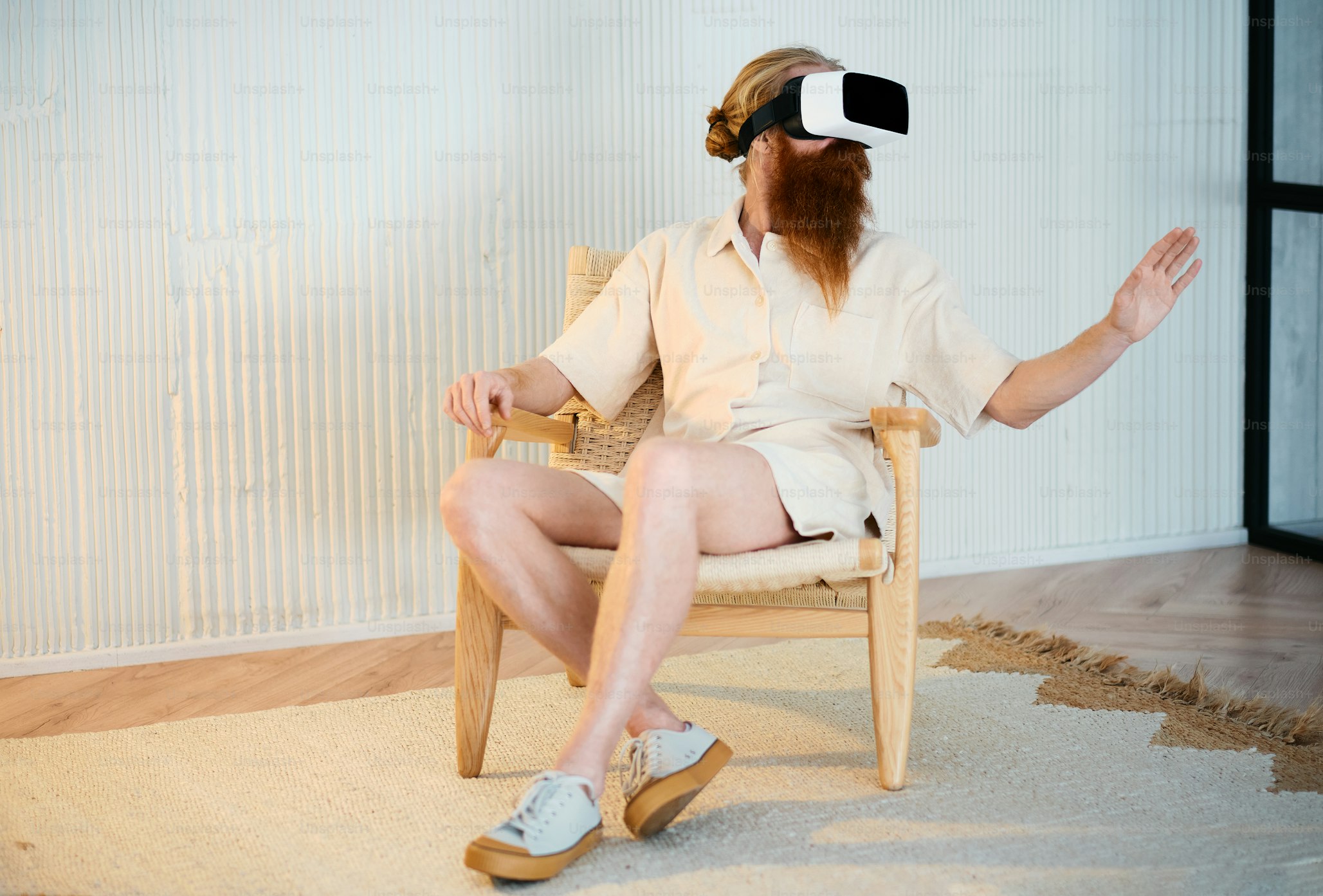Augmented Reality (AR) Shopping: Transforming Online Retail Experiences
An insightful guide into how AR technology is revolutionizing the way we shop online.
What is Augmented Reality (AR) Shopping?
Augmented Reality (AR) shopping integrates digital information with a user’s real environment in real-time. This allows customers to virtually visualize products within their own surroundings before making a purchase decision, significantly enhancing the shopping experience.
Why AR is a Game-Changer in eCommerce
AR shopping addresses key challenges faced by online shoppers, notably product uncertainty and return rates, by offering interactive, realistic experiences. The technology is particularly impactful in sectors such as fashion, beauty, furniture, and home decor, where visualization significantly influences purchase decisions.
Benefits of Augmented Reality in Online Shopping
- Enhanced Customer Confidence: Customers can accurately visualize products, reducing uncertainty.
- Reduced Returns: Precise product visualization means fewer mismatches between expectations and reality.
- Increased Engagement: Interactive experiences drive higher engagement and time spent on site.
- Improved Conversion Rates: Confident shoppers are more likely to complete purchases.
- Differentiation: Brands offering AR experiences stand out in a competitive market.
Industries Benefiting from AR Shopping
Fashion & Beauty

AR allows users to virtually “try on” clothing, makeup, and accessories, helping shoppers make confident choices online. Brands like Sephora and Gucci have successfully integrated AR for makeup and fashion trials.
Fashion & Beauty
AR allows users to virtually “try on” clothing, makeup, and accessories, helping shoppers make confident choices online. Brands like Sephora and Gucci have successfully integrated AR for makeup and fashion trials.
Furniture & Home Decor
Customers can visualize furniture and decor items in their actual rooms, significantly enhancing decision-making. IKEA Place is an example of successful AR implementation in home decor.
Eyewear
Companies like Warby Parker and Ray-Ban use AR technology to enable customers to virtually test eyewear styles, ensuring the perfect fit and style.
Furniture & Home Decor

Customers can visualize furniture and decor items in their actual rooms, significantly enhancing decision-making. IKEA Place is an example of successful AR implementation in home decor.
Successful Real-Life Examples of AR Shopping
IKEA Place App: This app lets users place virtual furniture into their homes, ensuring products fit their space and style before purchasing.
Sephora Virtual Artist: This AR tool allows customers to experiment with makeup shades virtually, boosting customer confidence and satisfaction.
Nike Fit: Nike uses AR to accurately measure feet for shoe sizing, reducing returns and enhancing buyer confidence.
How Businesses Can Implement AR Shopping
- Identify Customer Needs: Assess which AR applications best address your customers’ pain points.
- Select AR Technology: Choose a suitable AR development platform or vendor based on your business needs and budget.
- Create High-Quality Visuals: Develop realistic 3D models or interactive experiences to showcase products accurately.
- Integrate Seamlessly: Ensure AR features integrate smoothly within your eCommerce platform or app.
- Test and Optimize: Regularly gather user feedback and refine your AR experiences to improve usability and satisfaction.
Challenges and Considerations
- Technical Complexity: High-quality AR requires skilled developers and designers.
- Cost Implications: AR integration can initially be expensive, though benefits typically outweigh costs.
- User Adoption: Simplify AR tools to ensure ease of use and higher adoption rates among shoppers.
Conclusion: AR is the Future of eCommerce
Augmented Reality (AR) shopping enhances online shopping experiences by empowering customers with more accurate visualizations, greater confidence, and reduced uncertainty. Brands embracing AR are well-positioned to drive sales, improve customer satisfaction, and distinguish themselves in a competitive market.
Discover more insights on augmented reality in eCommerce here.



